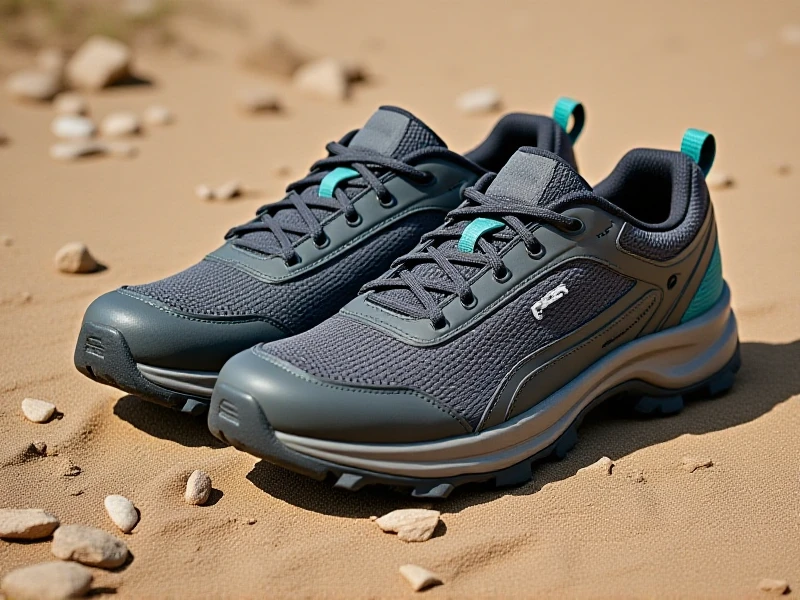
Your Guide to Finding the Best Trail Running Shoes
Hitting the trails offers freedom, adventure, and a connection to nature that road running can't match. But venturing off-road demands the right footwear. Choosing the best trail running shoes isn't just about comfort – it's about safety, performance, and maximizing your enjoyment on unpredictable terrain. Ditching your standard road shoes is step one; trail running shoes are engineered differently for the challenges you'll face.
The foundation of any great trail running shoe is its outsole. Look for aggressive, multi-directional lugs (the rubber cleats). Deep, widely spaced lugs excel in muddy conditions, shedding muck efficiently, while closely packed, medium-depth lugs offer better grip on hard-packed earth and loose gravel. Vibram® rubber soles are renowned for exceptional durability and grip across various surfaces. Traction is non-negotiable when navigating roots, rocks, and slippery slopes.
Protection is paramount. A rock plate – a thin, flexible shield embedded in the midsole – guards your feet against sharp rocks and uneven surfaces underfoot without sacrificing too much ground feel. Look for shoes offering toe bumpers for unexpected rock strikes and reinforced uppers using durable mesh or synthetic overlays to resist abrasion from brush and debris. Enhanced stability is another hallmark. Wider platforms, supportive midsoles, and sometimes even lower stack heights provide a secure base on uneven ground, reducing the risk of ankle rolls compared to cushy, super-tall road shoes.
Cushioning levels vary significantly. Minimal cushioning offers maximum ground feel and a responsive, quick feel, ideal for technical trails or seasoned runners focused on feedback. Maximal cushioning absorbs impact on longer runs or rocky paths, reducing fatigue. Moderate cushioning strikes a popular balance. Consider the distances you run and the technicality of your trails. Breathable yet protective uppers are crucial to keep feet comfortable and dry in diverse conditions. Many incorporate gusseted tongues to prevent debris ingress – a lifesaver on sandy or pebbly trails.
Fit is absolutely critical with trail running shoes. You generally want a secure, snug fit without any heel slippage. Leave slightly more room than your everyday shoes to allow for natural foot swelling during long runs and thicker hiking socks if you use them. A thumb's width at the toe is a common guideline. Trying on shoes later in the day when feet are naturally larger or wearing your intended trail socks is wise.
Ultimately, the "best" trail running shoes depend entirely on your feet, your running style, and the specific terrain you tackle. Prioritize aggressive traction for grip, adequate protection from trail hazards, sufficient stability for uneven surfaces, and a fit that locks your foot securely in place. Investing in dedicated trail running shoes transforms off-road runs, offering the confidence and support needed to push your limits safely and enjoy every mile of the journey. Get fitted properly, then go explore!